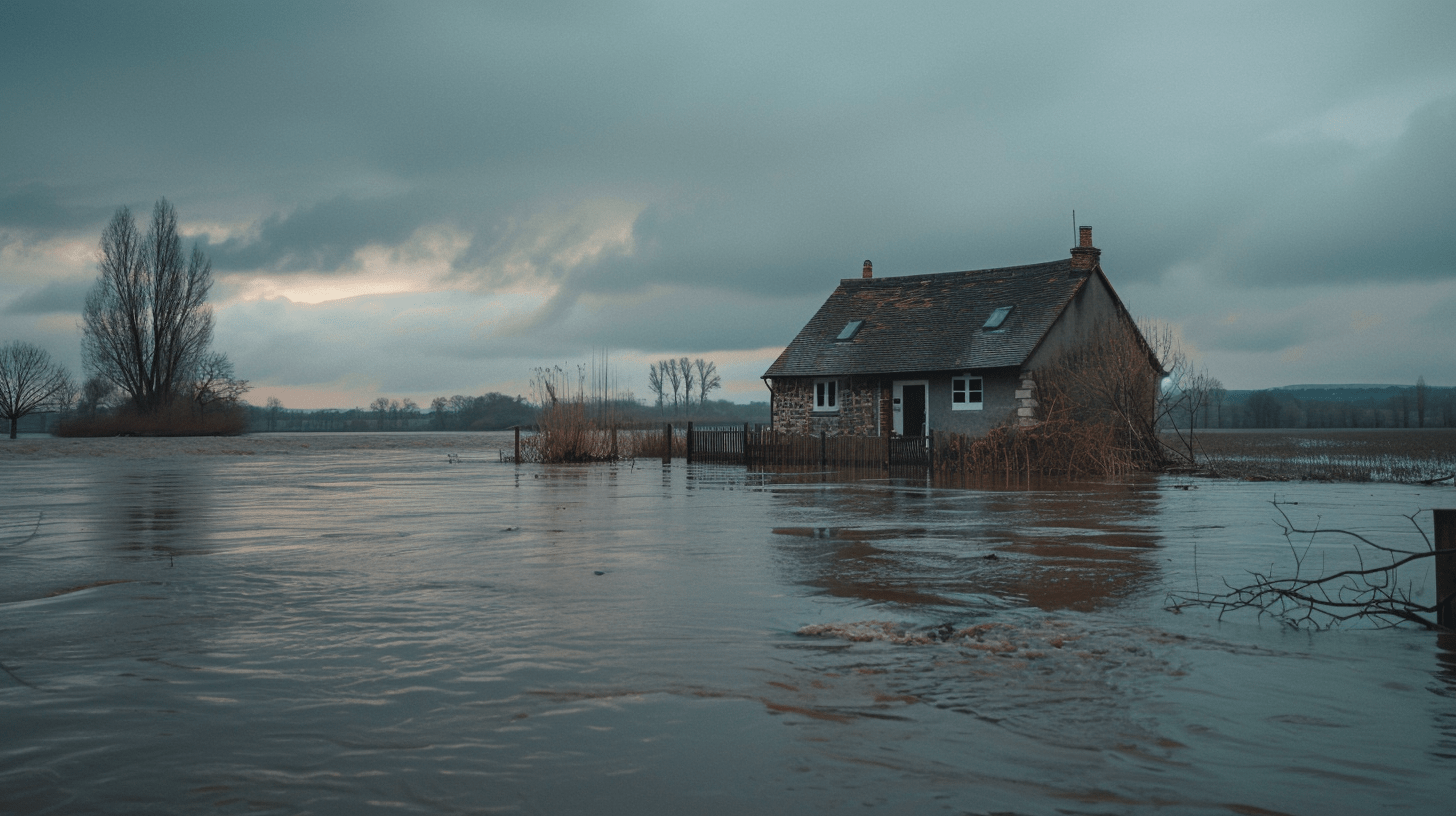Floods
Flooding is worsening with climate change and urban growth. Learn what causes floods, their impacts, and how to build resilience.

What is Flooding?
Definition and Types of Flooding
Flooding is a natural event where water covers land that is typically dry. It can result from various factors, including heavy rainfall, rapid snowmelt, or the failure of man-made structures like dams. Floods are among the most common and widespread natural disasters, causing significant damage to property, ecosystems, and human life.
Flooding can be classified as follows:
- Fluvial (River) Flooding: Occurs when water levels in a river, creek, or stream rise and overflow onto the surrounding banks and adjacent land. This can result from prolonged rainfall over a river basin or significant snowmelt.
- Pluvial (Surface Water) Flooding: Happens when heavy rainfall overwhelms the drainage capacity of an area, leading to water pooling on the surface. This type of flooding is not necessarily associated with overflowing water bodies and can occur in both urban and rural settings.
- Coastal Flooding: Results from elevated sea levels due to storm surges, high tides, or tsunamis, leading to water inundating coastal areas.
- Flash Flooding: Characterized by their rapid onset, flash floods occur within minutes to hours of excessive rainfall or sudden release of water (e.g., dam break), leading to swift-moving water that can carry debris and cause significant damage.
- Groundwater Flooding: Occurs when the water table rises above the ground surface level, leading to water emerging from the ground. This is often due to prolonged rainfall saturating the soil.
- Urban Flooding: Specific to urban areas, this type of flooding happens when the drainage system is overwhelmed by heavy rainfall, leading to water accumulation in streets and buildings. Impervious surfaces like concrete exacerbate this issue by preventing water infiltration.